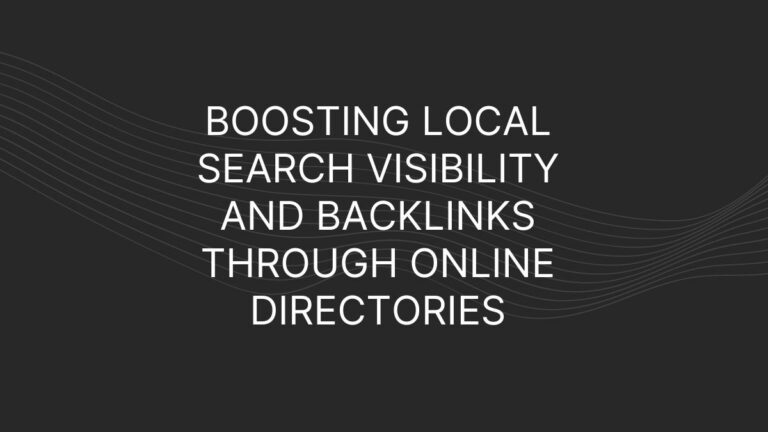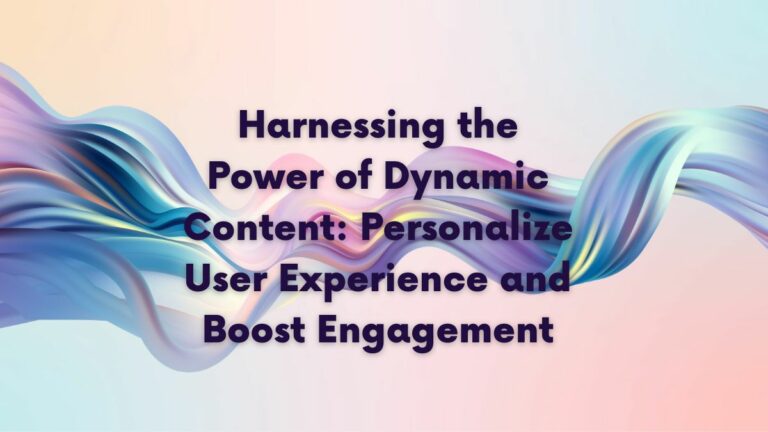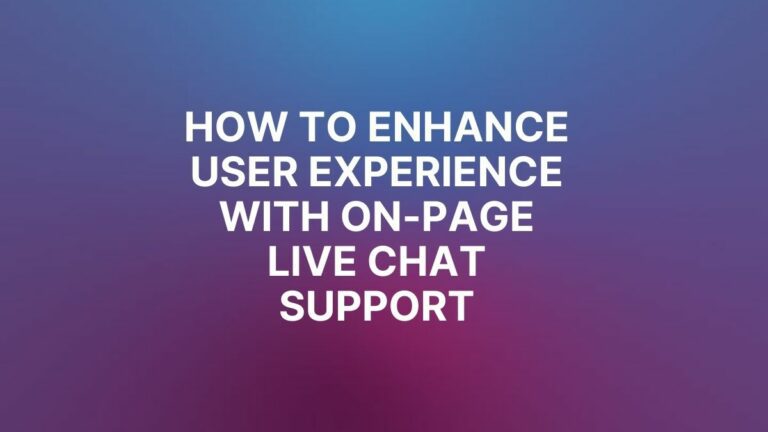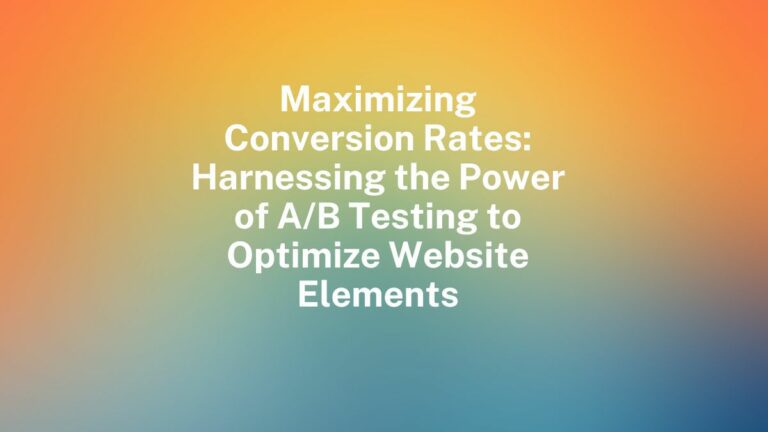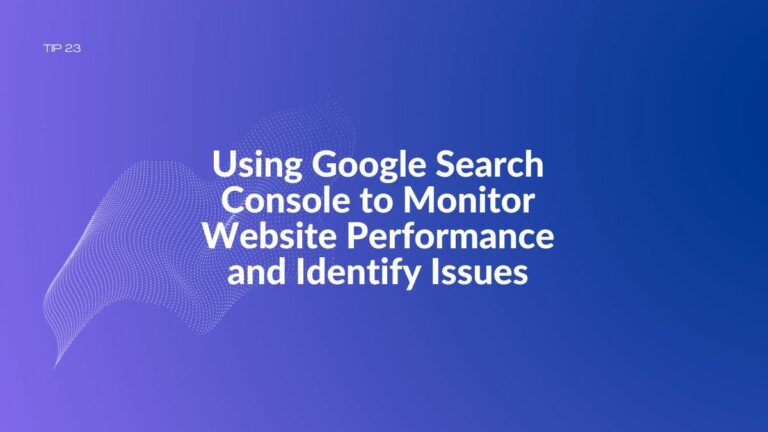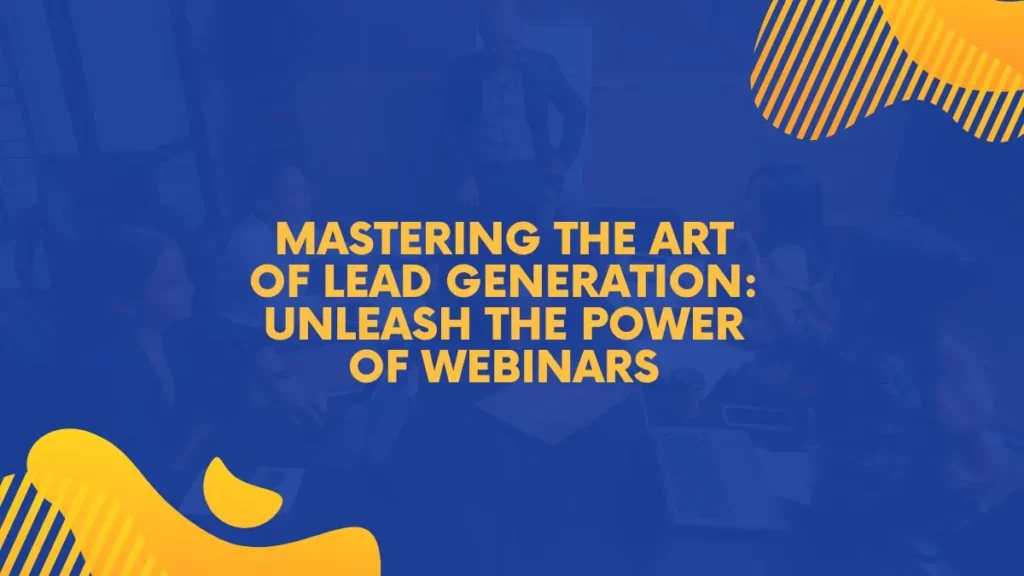
Mastering the Art of Lead Generation: Unleash the Power of Webinars
Using webinars for lead generation is fundamental to business success in today’s digital landscape. Establishing your expertise and building credibility is crucial in capturing the attention and trust of potential customers. One powerful tool that can help you achieve these goals is the webinar. Webinars allow you to showcase your knowledge, engage with your target audience, and generate high-quality leads. In this comprehensive guide, we will delve into the world of webinars and unveil the strategies to harness their power for lead generation.
Understanding Webinars as a Lead Generation Tool
Definition and Purpose of Webinars
Webinars are online seminars or presentations conducted in real-time, allowing participants to interact, learn, and gain insights from industry experts. They serve as a platform for sharing knowledge, discussing relevant topics, and fostering meaningful connections with your target audience. Webinars combine the benefits of traditional seminars with the convenience and reach of the internet, making them an ideal tool for showcasing expertise and generating leads.
Why Webinars are Effective for Showcasing Expertise and Generating Leads
Webinars offer a unique opportunity to position yourself as an authority in your industry. You establish credibility and trust with your audience by presenting valuable content, answering questions, and sharing your expertise. Furthermore, webinars enable direct engagement with participants, allowing real-time interactions, Q&A sessions, and helpful feedback. This level of personal connection is invaluable in building relationships and converting attendees into potential customers.
Planning a Successful Webinar
Before diving into the execution of a webinar, meticulous planning is essential to maximize its effectiveness.

Identifying Your Target Audience
Understanding your target audience is fundamental to crafting a webinar that resonates with their needs and interests. Conduct thorough research to identify their pain points, challenges, and preferences. This knowledge will guide you in selecting relevant topics and tailoring your presentation to address their concerns.
Setting Clear Goals and Objectives
Clearly define the goals and objectives of your webinar. For example, are you aiming to generate leads, educate your audience, or launch a new product? Defining these objectives will help you structure your content, calls-to-action, and follow-up strategies accordingly.
Choosing the Right Webinar Format
Consider the most suitable format for your webinar based on your goals, content type, and audience preferences. Standard webinar formats include presentations, panel discussions, interviews, and workshops. Choose a design that aligns with your objectives and facilitates effective knowledge sharing.
Selecting a Suitable Topic for Your Audience
Your webinar topic should be relevant, engaging, and valuable to your target audience. Focus on addressing their pain points, offering solutions, or sharing industry insights. Brainstorm ideas, research keywords, and analyze trends to identify topics that attract and captivate your audience.
Preparing for Your Webinar
Once the planning stage is complete, it’s time to prepare the content and materials to make your webinar successful.
Crafting a Compelling Webinar Title and Description
Your webinar title and description play a critical role in attracting participants. Craft a catchy, concise, and compelling title that conveys the value and relevance of your webinar. The report should provide a clear overview of what attendees can expect, highlighting the benefits they will gain from participating.
Creating Engaging Webinar Content
The content of your webinar is the heart of your presentation. Organize your content logically, ensuring a smooth flow that keeps participants engaged. Use a mix of storytelling, data, visuals, and examples to convey your message effectively. Use case studies or real-life examples to illustrate key points and captivate your audience.
Structuring Your Webinar for Maximum Impact
Structure your webinar to maximize its impact and keep participants hooked throughout the session. Begin with a compelling introduction to grab their attention and set the tone for the presentation. Clearly outline the main points you will cover, providing a roadmap for the session. Next, break your content into manageable sections, ensuring a smooth transition between topics. Conclude with a strong summary that recaps key takeaways and reinforces the value participants have gained.
Utilizing Visual Aids and Multimedia Effectively
Visual aids and multimedia elements can significantly enhance the engagement and impact of your webinar. Incorporate relevant images, charts, graphs, and videos to support your content and make it visually appealing. Use slides sparingly and ensure they are visually appealing, easy to read, and reinforce your key points. Be mindful of the balance between visuals and your spoken presentation, ensuring they complement each other without overwhelming participants.
Promoting Your Webinar
Effective promotion is crucial in attracting a qualified audience to ensure a successful webinar.
Developing a Comprehensive Marketing Strategy
Create a detailed marketing strategy outlining your webinar’s promotional channels, tactics, and timelines. Leverage online and offline marketing techniques, including social media, email marketing, content marketing, paid advertising, and partnerships. Align your messaging with the target audience’s needs, highlighting the unique value they will gain by attending your webinar.
Leveraging Social Media Platforms
Harness the power of social media platforms to create buzz and drive registrations for your webinar. Utilize platforms such as Facebook, Twitter, LinkedIn, and Instagram to share engaging content, teasers, and snippets related to your webinar topic. Engage with your audience by responding to comments, hosting live Q&A sessions, and utilizing relevant hashtags to expand your reach.
Utilizing Email Marketing Campaigns
Email marketing remains a highly effective tool for promoting webinars. Build an email list of interested prospects and send targeted, personalized invitations to your webinar. Craft compelling subject lines that pique curiosity and highlight the value of attending. Provide clear registration instructions and include social sharing buttons to encourage recipients to spread the word.

Collaborating with Industry Influencers and Partners
Tap into the power of influencers and industry partners to extend your reach and credibility. Identify influential individuals or organizations in your industry and collaborate with them to co-host or promote your webinar. Their endorsement can significantly boost your webinar’s visibility and attract a broader audience who trust their expertise and recommendations.
Hosting a Successful Webinar
When the day of your webinar arrives, it’s crucial to ensure a seamless and engaging experience for all participants, here are some tips for using webinars to generate leads:
Selecting the Appropriate Webinar Platform
Choose a reliable and user-friendly webinar platform that caters to your technical requirements and participant needs. Consider factors like ease of use, interactive features, recording capabilities, and scalability. Popular webinar platforms include Zoom, GoToWebinar, WebEx, and Microsoft Teams.
Ensuring Technical Setup and Testing
Before the start of your webinar:
- Conduct thorough technical setup and testing to ensure everything runs smoothly.
- Test your internet connection, audio, and video quality.
- Familiarize yourself with the webinar platform’s features, such as screen sharing, polls, and chat functions.
- Encourage participants to join a few minutes early to address any technical issues they may encounter.
Engaging Participants through Interactive Features
Interactivity is critical to keeping participants engaged throughout your webinar. Incorporate interactive features like live polls, Q&A sessions, and chat functionality to encourage participation and foster two-way communication. Address participant questions and comments in real-time, creating a sense of inclusiveness and personalized interaction.
Delivering a Captivating and Informative Presentation
During your webinar, deliver your content confidently, enthusiastically, and clearly. Speak, maintain a steady pace, and use tone variations to emphasize key points. Make eye contact with the camera to create a sense of connection with participants. Use storytelling techniques to make your content relatable and memorable. Incorporate anecdotes, examples, and real-life case studies to illustrate concepts and engage your audience. Finally, remember to focus on the webinar objectives and deliver value to participants throughout the session.
Converting Webinar Attendees into Leads
Converting webinar attendees into leads requires a strategic approach that capitalizes on the engagement and trust you’ve built during the webinar.

Capturing Participant Information Effectively
Capture participant information by using registration forms or dedicated landing pages. Ask for key details such as name, email address, and company affiliation. Consider including optional fields to gather additional insights, such as their specific challenges or interests. Ensure the registration process is seamless and user-friendly, minimizing potential barriers.
Leveraging Lead Magnets and Gated Content
Offer valuable lead magnets or gated content to incentivize participants to provide their contact information. These can be resources such as e-books, whitepapers, templates, or exclusive access to additional webinar content. Position these incentives as exclusive bonuses for those who take the next step and provide their details, emphasizing the added value they will receive.
Implementing Post-Webinar Surveys and Feedback
After the webinar:
- Send out surveys or feedback forms to gather participant insights.
- Ask them about their experience, the value they gained, and any areas for improvement.
- Use this feedback to refine future webinars and to tailor your follow-up communication based on their specific needs and preferences.
Nurturing Leads through Follow-up Communication
Follow up with webinar attendees promptly to nurture leads and deepen the relationship. Send personalized emails expressing appreciation for their attendance, recap key takeaways, and offer additional resources related to the webinar topic. Consider segmenting your email list based on attendee interests and tailoring follow-up messages accordingly. Use a mix of educational content, promotional offers, and invitations to future webinars to keep leads engaged and moving through the sales funnel.
Analyzing Webinar Performance and Optimizing
Analyzing performance and making data-driven optimizations are essential to improve your webinar strategy and generating better results continually.
Measuring Key Webinar Metrics
Track key webinar metrics to evaluate the success of your efforts. Metrics to consider including are registration rate, attendance rate, engagement rate, conversion rate, and participant feedback ratings. Analyze these metrics to identify strengths and weaknesses, allowing you to focus on areas that require improvement.
Analyzing Attendee Engagement and Feedback
Evaluate attendee engagement during the webinar by reviewing chat logs, poll responses, and Q&A interactions. Assess the level of participation, questions asked, and overall sentiment expressed by participants. Incorporate this feedback to refine your content, delivery style, and interactive elements to enhance future webinars.
Identifying Areas for Improvement
Identify areas for improvement based on participant feedback, engagement metrics, and conversion rates. Look for patterns or common themes in feedback and seek opportunities to enhance content quality, delivery, or interactivity. Consider exploring new formats, topics, or presentation techniques to keep your webinars fresh and engaging.
Implementing Strategies to Optimize Future Webinars
Apply the insights gained from your analysis to optimize future webinars. Incorporate changes and improvements in content creation, promotional strategies, interactivity, and follow-up communication. Continuously experiment, test new ideas, and iterate based on the feedback and data you gather. This iterative approach will lead to refined and more successful webinar experiences.

Closing Notes
Webinars present a powerful opportunity to showcase your expertise and generate high-quality leads. By strategically planning, promoting, and hosting webinars, you can captivate your target audience, establish authority, and nurture valuable relationships. Remember to continually analyze performance, gather feedback, and optimize your webinar strategy to ensure continued success in lead generation.
Embrace the potential of webinars and unlock the power of knowledge-sharing to fuel your business growth. With careful planning, engaging content, and a data-driven approach, you can become a master of lead generation through webinars.
Digital Results would be happy to help you with your lead generation strategy, and digital marketing needs. Get in touch for a free 30-minute consultation—one of our experts will walk through how we can help optimize your search engine optimization (SEO).
Ready to Grow Your Search Engine Results?
Let Digital Results assist you in your SEO strategy and help
deliver the search engine results you need.

